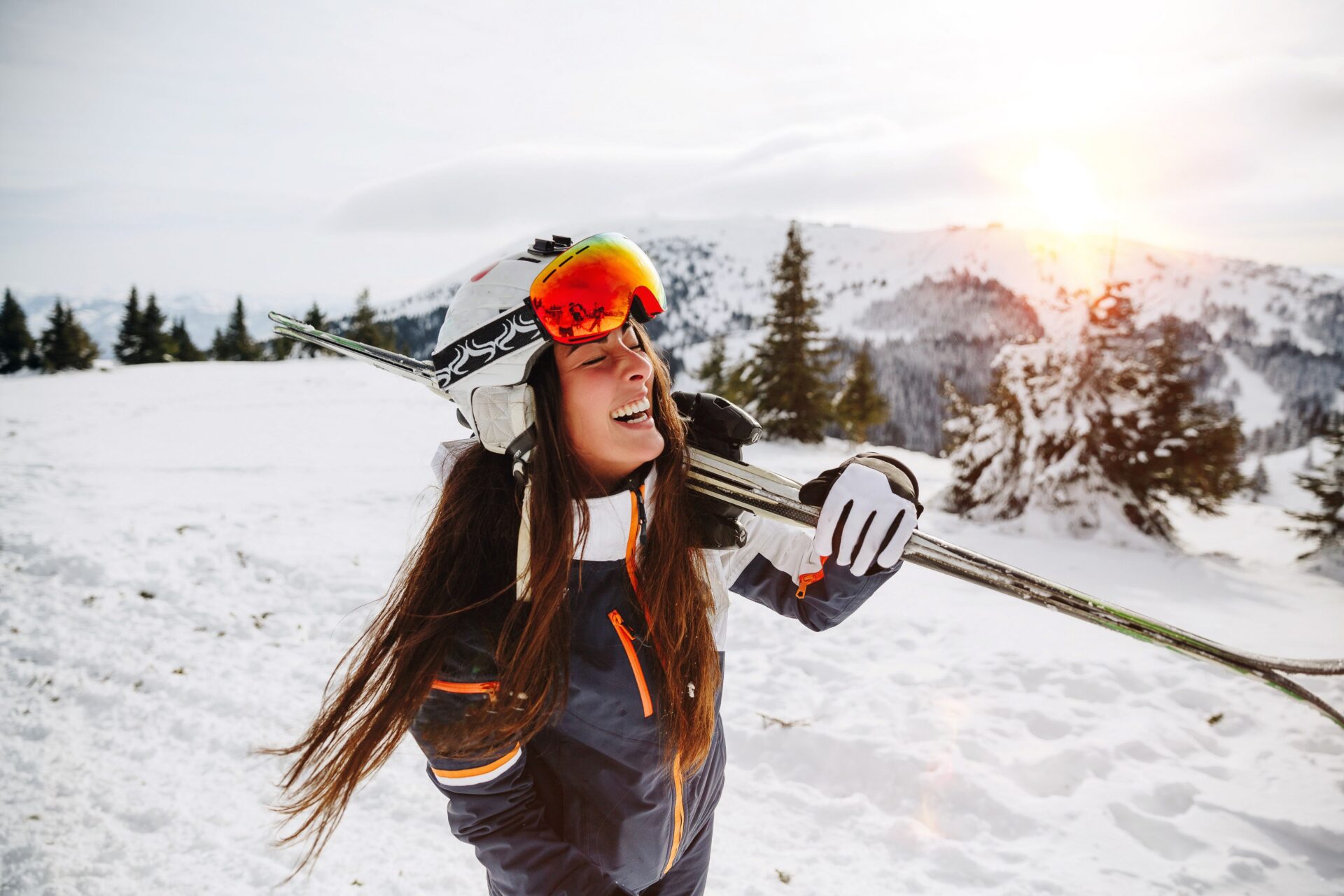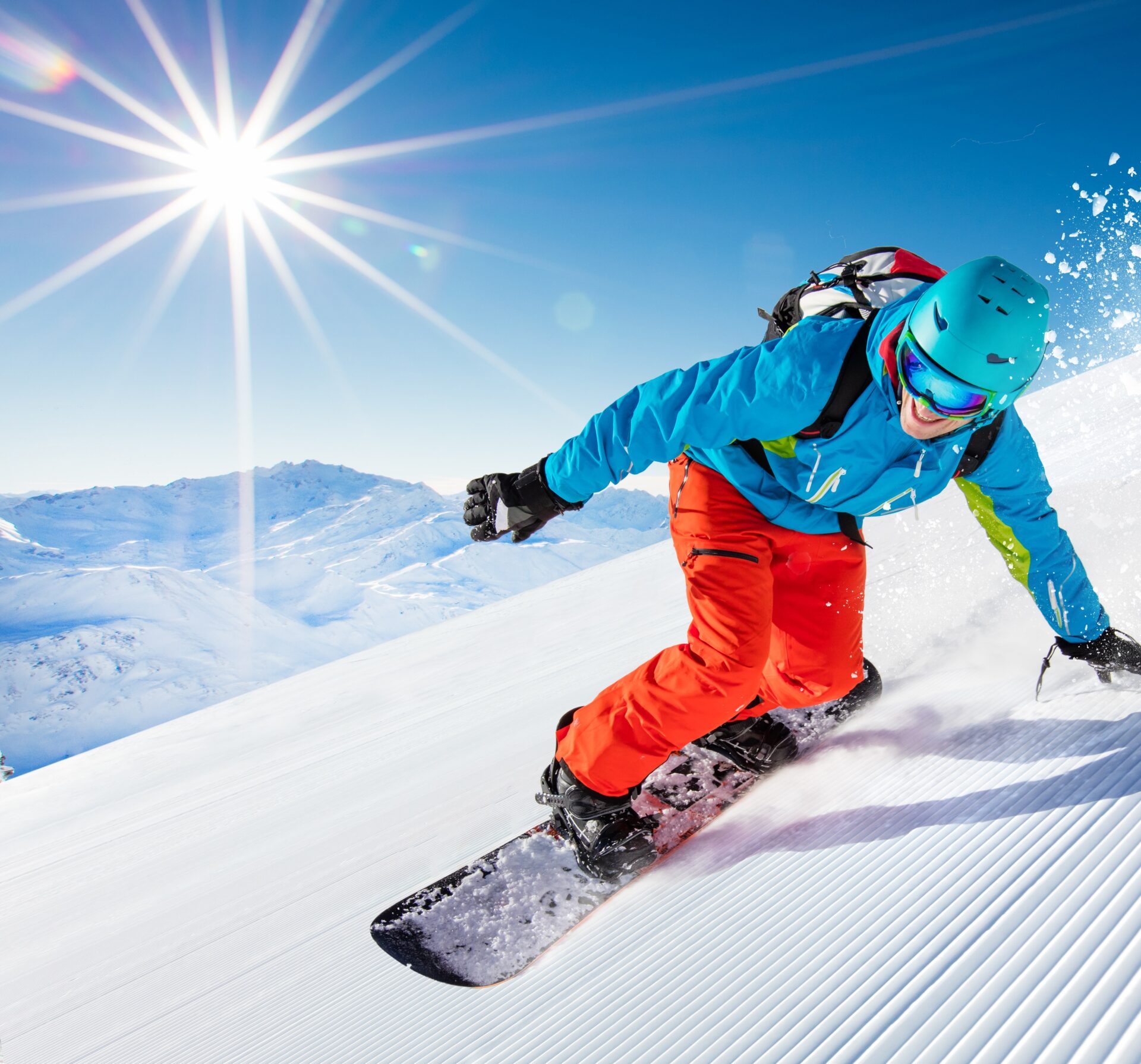As we enter the winter season, we encourage you to stay active. For some that may be afternoon walks, for others that may be sports such as skiing and snowboarding. All are great forms of exercise. Across New Jersey, there are great options for these winter sports, such as Mountain Creek in Vernon, Campgaw Mountain in Mahwah, and Big SNOW American Dream in East Rutherford. With snow sports such as skiing and snowboarding, there are certain injury risks. At AOSMI, we believe in educating our patients so that you are armed with more knowledge, which can help us work together to provide the best care possible. We have a dedicated team of orthopedic specialists to help treat the full range of winter sports injuries.
Common Skiing Injuries
ACL (Anterior Cruciate Ligament) Injuries
- Causes: The ACL stabilizes the knee. Skiing can result in ACL tears primarily through sudden changes in direction or high-impact collisions. When skiers experience rapid changes in direction, especially during turns or unexpected maneuvers, or when they encounter forceful collisions, the anterior cruciate ligament in the knee may become overstressed or torn. The combination of these dynamic movements and external forces can lead to injury, making the ACL vulnerable to strain and tearing during skiing activities.
- Treatments and Surgery: ACL surgical reconstruction involves replacing the damaged ligament with a graft, usually from the patient’s hamstring or a donor source. At AOSMI, we are on the cutting-edge of orthopedic treatment – as such, we offer the BEAR (Bridge-Enhanced ACL Restoration) Implant that allows for natural healing without the need for grafts. Less severe ACL injuries can be treated with physical therapy and bracing.
- Physical Therapy Rehabilitation: Our dedicated Physical Therapists create custom rehab programs helping you to recover from injury and surgery. These programs are focused on reducing swelling, improving range of motion, and strengthening muscles around the knee. They also incorporate balance and stability exercises, gradually increasing in intensity, to get you back on your feet.
MCL (Medial Collateral Ligament) Sprains

- Causes: MCL sprains affect the ligament on the inner side of the knee, commonly resulting from a force that pushes the knee sideways. During skiing, MCL sprains can occur when the knee is pushed sideways, specifically towards the midline of the body. Picture making a turn or encountering a bump on the slope – these actions can exert additional stress on the knee, leading to the MCL stretching or tearing. Falls or unexpected twists on the ski slope are frequent situations where MCL sprains can take place.
- Treatments and Surgery: Non-surgical methods, including bracing, physical therapy, and rest, are commonly employed for MCL injuries sustained during skiing.
- Physical Therapy Rehabilitation: PT programs aim to restore strength, flexibility, and stability, starting with exercises to reduce swelling and improve range of motion. Strengthening exercises for surrounding muscles and balance training contribute to a safe and effective recovery.
Common Snowboarding Injuries
Wrist Fractures
- Causes: Fractures of the wrist bones commonly occur when snowboarders fall forward with their hands outstretched
- Treatments and Surgery: Severe cases may require surgical procedures for bone alignment and stabilization. Less severe fractures can be managed with non-surgical options like casting, bracing, and physical therapy.
- Physical Therapy Rehabilitation: Programs target reducing swelling, enhancing range of motion, and rebuilding wrist muscle strength. Functional activities, such as gripping and lifting objects, are gradually reintroduced for optimal recovery.

Hip Fractures
- Causes: Hip fractures during snowboarding can result from high-impact collisions, falls, or awkward landings.
- Treatments and Surgery: Severe cases may require surgical procedures for bone alignment and stabilization, while less severe fractures can be managed non-surgically with casting, bracing, and physical therapy.
- Physical Therapy Rehabilitation: Specialized programs focus on gentle range of motion exercises initially, progressing to weight-bearing exercises to rebuild hip muscle strength. Balance and stability exercises are crucial for coordination and fall prevention during recovery. At AOSMI, we create a personalized rehabilitation approach that not only restores functionality but also helps prevent future injuries, allowing you to safely return to the sports you love.
By addressing the specific Winter sports injuries associated with skiing and snowboarding, we aim to equip you with the knowledge needed to navigate the season safely. At AOSMI, our team is committed to providing the highest quality orthopedic and physical therapy care to our patients across New Jersey. If you are experiencing pain or injury from these sports, please request an appointment today. We are dedicated to helping you live a healthier, stronger life.







